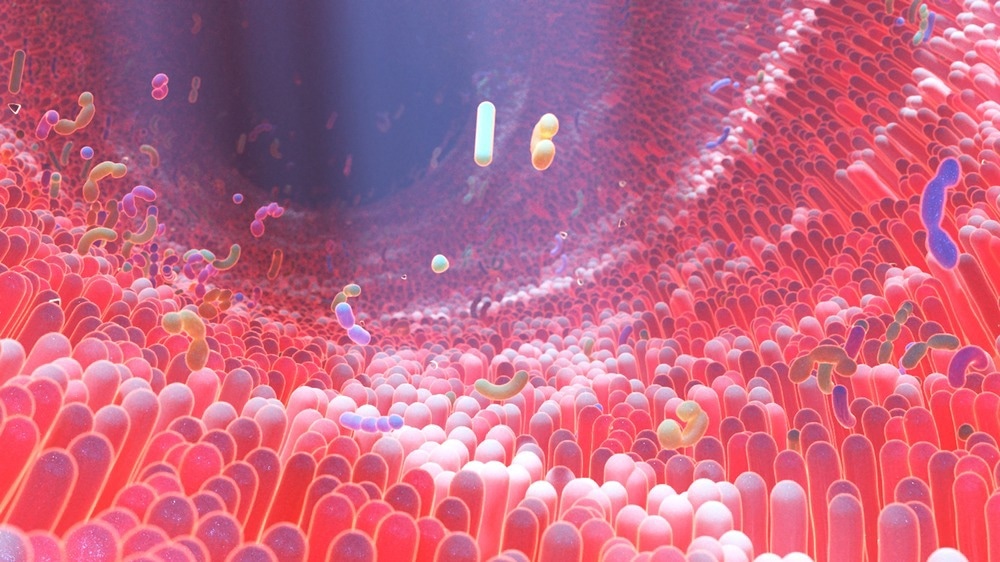The human body is home to hundreds of different species of microbial life, all of which have a significant impact on a person’s health and longevity. The human microbiome is made up of these microscopic organisms, and each person’s microbiome community is unique.
 Tagbo Niepa, Assistant Professor of Chemical Engineering at the University of Pittsburgh. Image Credit: University of Pittsburgh
Tagbo Niepa, Assistant Professor of Chemical Engineering at the University of Pittsburgh. Image Credit: University of Pittsburgh
Symbiosis refers to the beneficial balance of “good” and “bad” bacteria found in healthy bodies. However, dysbiosis—when bad bacteria exceed beneficial bacteria—can either cause or result from illness. What if it is possible to take a snapshot of the microbiome when people are healthy and use it to reset the body when they are sick and the microbiome is in dysbiosis?
Tagbo Niepa, assistant professor of chemical engineering at the University of Pittsburgh, is inspired by this possibility in his research. His work on using the microbiome to enhance human health was recognized with a $2 million New Innovator Award from the National Institutes of Health, which funds “exceptionally creative scientists proposing high-risk, high-impact research.”

Image Credit: Alpha Tauri 3D Graphics/Shutterstock.com
Niepa’s MicroBioInterface Lab, in especially, is working on capsules that might catch a microbial community and allow it to proliferate in an environment extremely close to its native environment. These nanoculture capsules might be used to collect a sample of a person’s microbiome when they are healthy, store it in a “bank,” and then allow the person to consume the capsule and restore their gut microbiota when they become ill.
With this technology, we can actually collect and store samples from healthy individuals, screen them to understand the composition of their microbiome, and later administer to the patient when they’re sick.”
Tagbo Niepa, Assistant Professor, Chemical Engineering, University of Pittsburgh
Niepa’s work on bacterial biofilms earned an NSF CAREER Award earlier this year.
Understanding the bacteria protecting us
Scientists are discovering that gut microbiota is linked to a wide range of health problems, including weight, IBS, stomach ulcers, cancer, and even mental health. Manipulation of the microbiome, on the other hand, opens up a plethora of fascinating prospective medical applications.
This award affirms the incredible ingenuity in Tagbo’s research. The technology to capture healthy gut microbes, grow them efficiently in a natural environment, and deliver these microbes back to the body when needed is a game changer. I believe this research has the potential to make a significant difference in peoples’ lives and a tremendous impact on the future of medicine.”
Sanjeev Shroff, Interim, US Steel Dean of Engineering
Sanjeev Shroff is also a Distinguished Professor of bioengineering.
In the United States, for example, 1 in 300,000 persons acquire a Clostridium difficile infection each year (often called C. diff). Once an individual has that pathogen, it remains dormant in the body, increasing the likelihood of recurrent infections.
Niepa adds, “If you recover from C. diff, and take antibiotics later for another infection, it can eliminate good bacteria in the gut and give the C. diff pathogen room to proliferate. If you had the chance to store your healthy microbiome, you could simply swallow a pill and restore balance.”
More than a probiotic
Probiotic supplements and fermented drinks and foods include helpful bacteria that, over time, can flourish and improve the microbiome. However, Niepa’s nanoculture capsule technology operates in a unique manner.
The capsule encourages the proliferation of microbial species that were previously challenging to culture by using special materials to simulate conditions in the microbe’s natural environment. The permeability of the nanoculture allows the bacteria to interact with their environment while being encapsulated, and it removes the growth rate bias that happens in conventional cultures when various species compete for space and resources.
To create a microbial bank, the technique would ideally harvest the gut bacteria from a healthy person’s fecal sample and keep it in the unique incubation capsule. If they subsequently contracted C. diff, they might use this medication to cure the illness and restore their normal bacterial balance.
Although the person’s own sample would be ideal, Niepa and his team are also looking into the possibility of giving healthy donors’ samples to sick patients. As part of this NIH-funded project, Niepa and his colleagues will create a nanoculture cocktail that will be tested in mice infected with C. diff.
Niepa adds, “If this project is successful, it could mean a huge shift in the way we think about illness and medicine. This work creates a necessary framework for future research into the manipulation of the human microbiome to prevent and even cure disease.”
The Department could not be more proud of this recognition of Professor Niepa. His vision for the microbe biological interface is unusually creative, and this award recognizing the creativity of his vision and the potential impact of his research could not be more appropriate. I am excited to see the realization of the potential that we saw in Professor Niepa for many years.”
Steven Little, Distinguished Professor and Chair, Department of Chemical and Petroleum Engineering, University of Pittsburgh